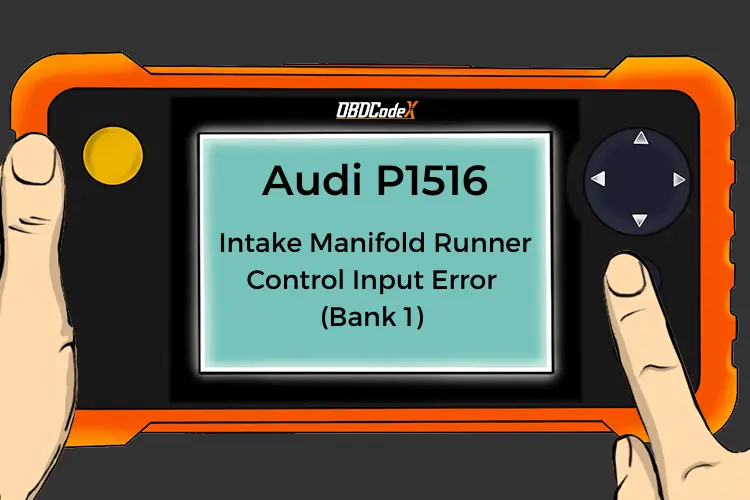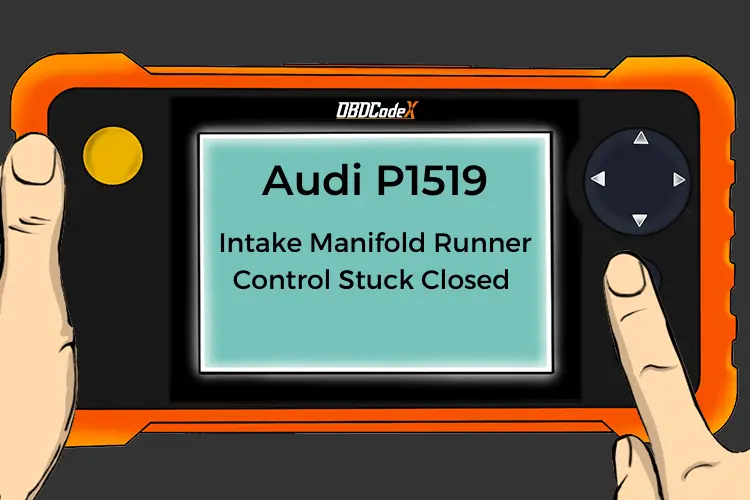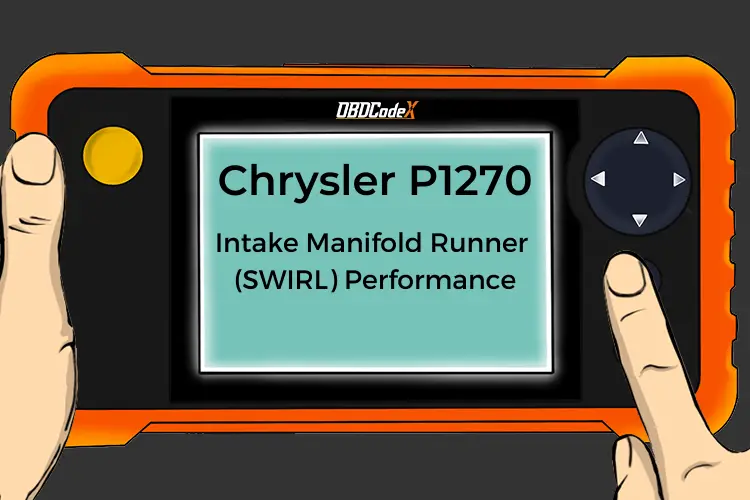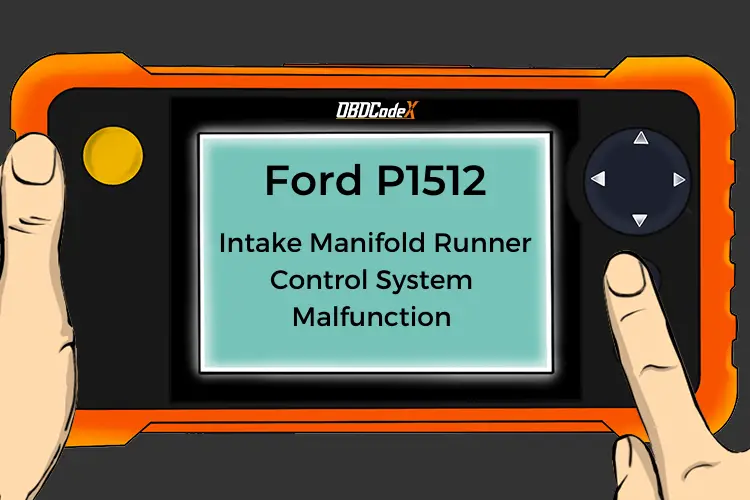P2006: Intake Manifold Runner Control Stuck Closed Bank 1
Is your scanner showing P2006?
No worries. We'll show you what it means and how to deal with it.
P2006: Intake Manifold Runner Control Stuck Closed Bank 1
OVERVIEWWhat Does The P2006 Code Mean?
The P2006 code is a generic OBD-II diagnostic trouble code indicating an Intake Manifold Runner Control (IMRC) system issue. Specifically, it means that the intake manifold air control actuator for engine bank 1 is stuck in the closed position.
The IMRC system is responsible for adjusting the length of the intake manifold runners to optimize the air intake volume and velocity as needed by the engine’s operating conditions. This helps to improve the engine’s performance and fuel efficiency.
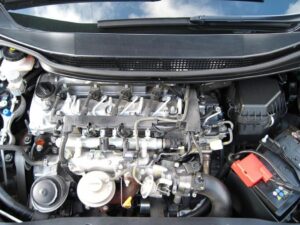
Get a closer look at the IMRC system – a key component in your vehicle’s engine that controls airflow and improves performance (Source: civinfo.com)
This DTC sets when the IMRC is commanded open, but the IMRC monitor indicates closed. In other words, the powertrain control module (PCM) has detected a discrepancy between the commanded and actual position of the IMRC actuator.
Other codes that are related to the IMRC system or its components include:
- P2005: Intake Manifold Runner Control Stuck Open Bank 2
- P2007: Intake Manifold Runner Control Stuck Closed Bank 2
- P2008: Intake Manifold Runner Control Circuit Open Bank 1
- P2009: Intake Manifold Runner Control Circuit Low Bank 1
- P2010: Intake Manifold Runner Control Circuit High Bank 1
- P2015: Intake Manifold Runner Position Sensor/Switch Circuit Range/Performance Bank 1
The P2006 code is a generic code that can occur in any vehicle equipped with an IMRC system. Therefore, it is not specific to any particular make or model of car. However, certain car brands, such as Mercedes, Audi, Honda and Ford, have been known to experience issues with the IMRC system, especially the P2006 code. We’ve found some related TSBs (Technical Service Bulletins) from these car manufacturers, which you may find helpful. These are listed under the Reference sources below.
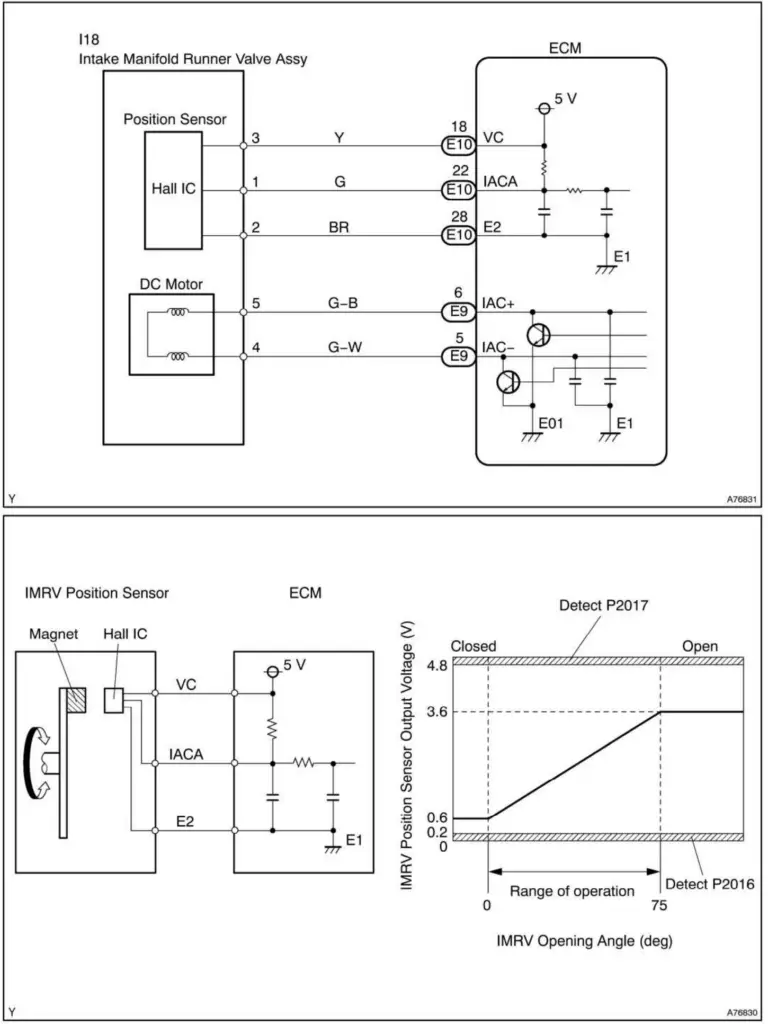
P2006 wiring diagram
What Are The Symptoms Of The P2006 Code?
The P2006 code can cause several symptoms that may affect the performance and drivability of your vehicle. Here are some of the most common symptoms associated with this code:
- Illuminated check engine light
- Hesitation upon acceleration
- Rich exhaust
- Decreased fuel efficiency
- Engine surge
- Rough idle
In some cases, the vehicle’s PCM may activate failsafe mode to protect the engine from further damage. This can limit the vehicle’s speed and power until the issue is resolved.
What Are The Potential Causes Of The P2006 Code?
The P2006 code can be caused by a variety of factors that affect the IMRC system. Some of the most common causes of this code include:
- Wiring or electrical issues in the IMRC monitor circuit or control circuit
- Damaged IMRC actuator or solenoid
- Carbon buildup in the intake manifold
- Defective MAP Sensor
- Failed PCM (in rare cases)
It’s also worth noting that in Mercedes vehicles, a vacuum-operated solenoid can cause the connecting rod to break, leading to the P2006 code.
How Serious Is This P2006 Code?
The severity of the P2006 code can range from medium to high, depending on the underlying cause of the issue. In some cases, the code may indicate a minor issue that can be easily fixed, while in other cases, it may be a sign of a more serious problem that requires immediate attention.
If the P2006 code is triggered due to carbon buildup in the intake manifold, it may not cause any immediate damage to your vehicle. However, it can reduce engine performance, fuel efficiency, and drivability issues over time. It’s important to address the issue promptly to avoid further carbon buildup in the intake manifold.
On the other hand, if the P2006 code is triggered by a faulty sensor or a failed PCM, it can cause more serious issues with your vehicle’s performance and drivability. In such cases, diagnosing and repairing the issue as soon as possible is recommended to avoid further damage to your vehicle.
So, can you drive with a P2006 code? Yes, you can drive with the P2006 code in the short term, but it is not recommended to drive for an extended period of time with the code present. It’s best to diagnose and repair the issue as soon as possible to avoid further damage to your vehicle.
How Can You Fix The P2006 Code?
Fixing the P2006 code will depend on the underlying cause of the issue. Here are some steps you can take to diagnose and fix the problem:
Tools Required
- OBD-II scanner
- Multimeter
- Vacuum pump
- Socket set
- Torque wrench
Diagnosis & Repair Process
Step 1: Use an OBD-II scanner to retrieve the trouble codes and freeze frame data, which will provide information about the conditions under which the code was set.
Step 2: Inspect the IMRC system components, including the actuator, solenoid, and valve, for any signs of damage or wear. Replace the faulty component with a new one.
Step 3: Test the IMRC actuator and solenoid using a multimeter or vacuum pump to ensure they are functioning properly. Replace them if necessary.
Step 4: Check the wiring and electrical connections in the IMRC system for any signs of damage or corrosion. If there are any wiring or electrical issues, repair or replace the affected components.
Step 5: Inspect the intake manifold for carbon buildup that may be affecting the operation of the IMRC system. If there is carbon buildup in the intake manifold runners, clean the intake manifold using a suitable cleaner. In some cases, you may need to use an intake manifold cleaner that can be run through a vacuum line to clean the intake manifold effectively.
Step 6: Test the MAP sensor to ensure it is providing accurate readings to the PCM. Replace the sensor if needed.
Step 7: Clear the trouble codes using the OBD-II scanner and test drive the vehicle to ensure the P2006 code does not reappear. If the code persists, check the PCM for any signs of damage and replace it if necessary.
Note:
- Refer to the vehicle’s specific repair manual for the correct diagnostic and repair procedures.
- Handle small screws or rivets near intake manifold openings carefully.
- Disconnect the actuator from the shaft before testing for IMR flap binding.
- Loose screws/rivets can cause flap binding.
The DIY difficulty level for this diagnosis and repair process is Advanced. If you’re not comfortable performing these steps on your own, it’s recommended to take your vehicle to a qualified technician who can diagnose and repair the issue for you.
The estimated repair cost will vary from $50 to over $1000 depending on the specific cause of the P2006 code and the cost of replacement parts and labor. It’s best to get a quote from a qualified technician before proceeding with any repairs.
We hope this article has been informative and helpful in understanding the P2006 code. If you found this article useful, please share it with others who may find it useful too. Feel free to leave a comment below if you have any questions or additional insights about the P2006 code.
Thanks for reading!
Recommended Parts
Below are some recommended auto parts to help you address the trouble code affecting your vehicle and get it running smoothly again:
Note: During the purchasing process, please check carefully whether the part you want to buy fits your car!
Check This Video For Reference
P2006 Infographic - 1 Minute Summary

Reference Sources
Check out these reference sources to help diagnose and repair the P2006 code in your vehicle:
- Diagnostic Trouble Code (DTC) Charts and Descriptions for P2006 – Page 129.
- TSB 06-7-10, 2006, Ford Motor Company.
- TSB SB-10052668-5895, 2013, Audi of America.
- DTC P2006 Recall Campaign [4807H], Mazda.








